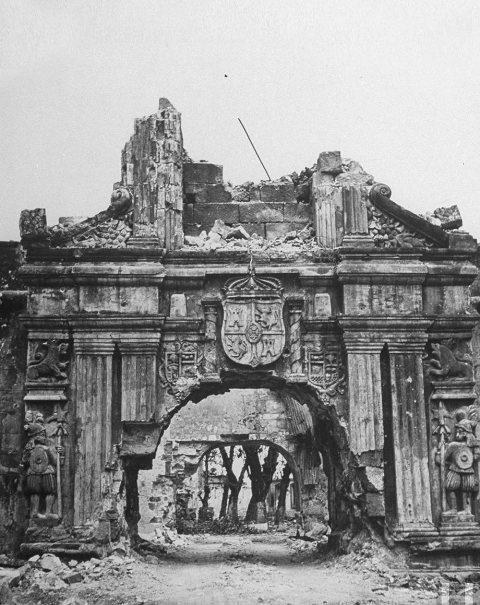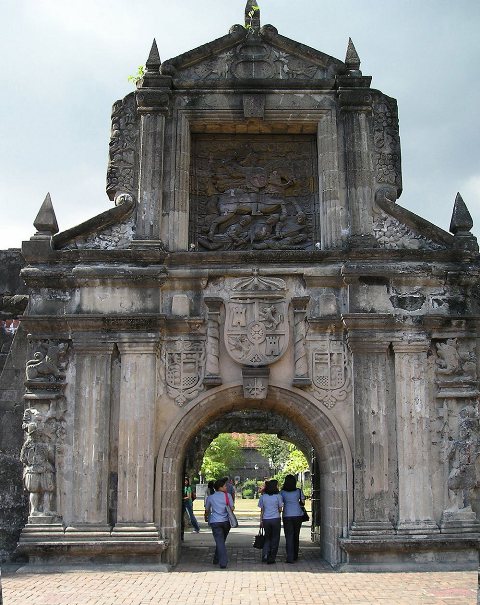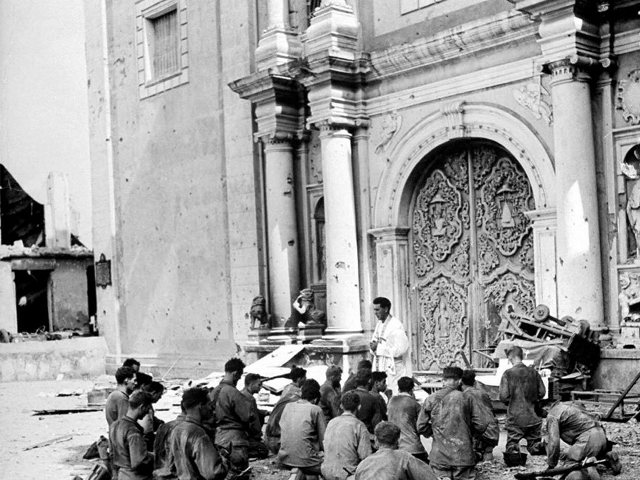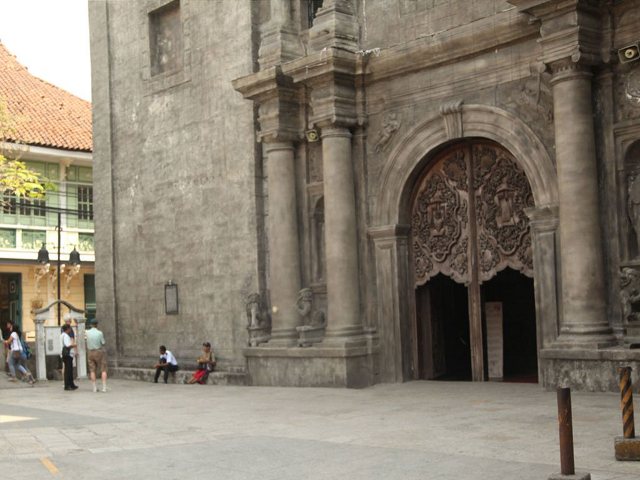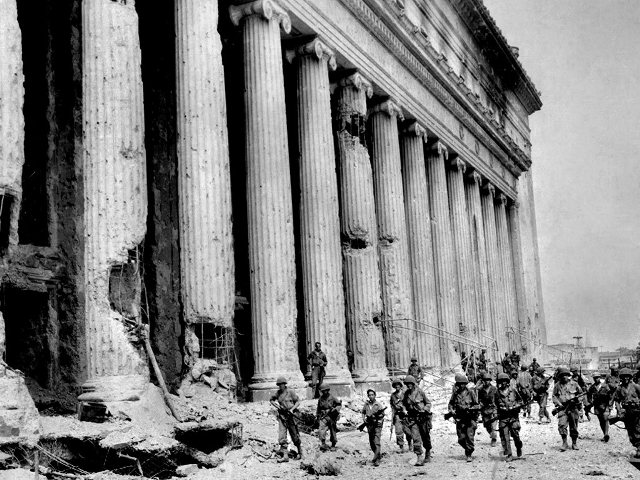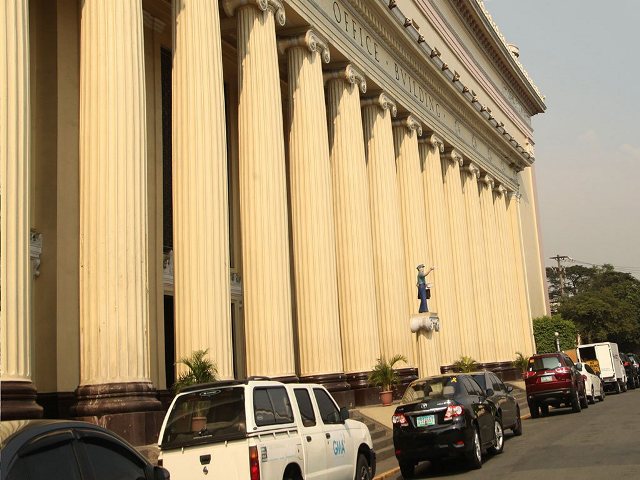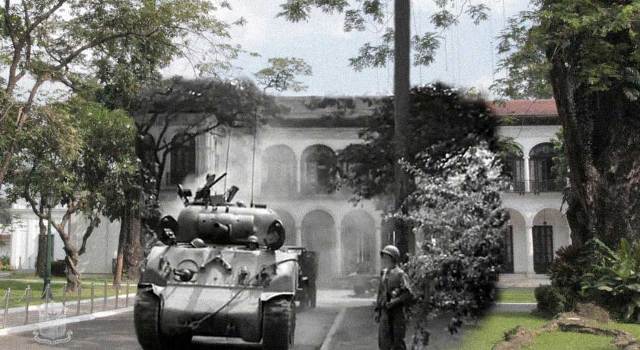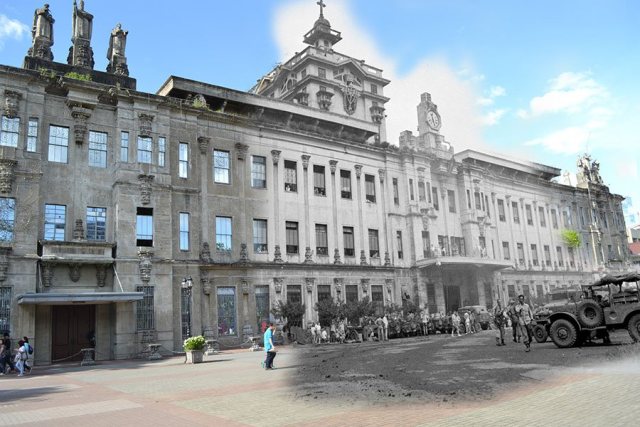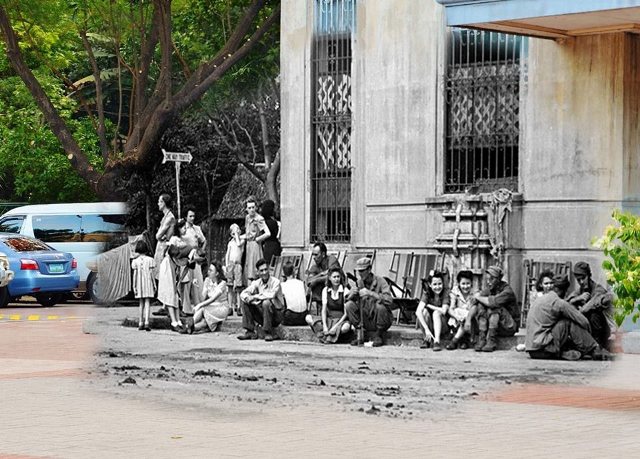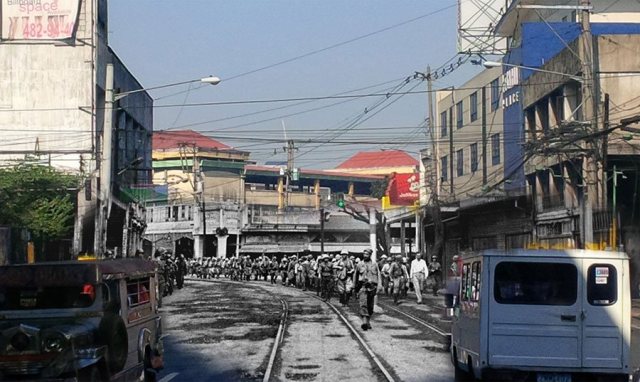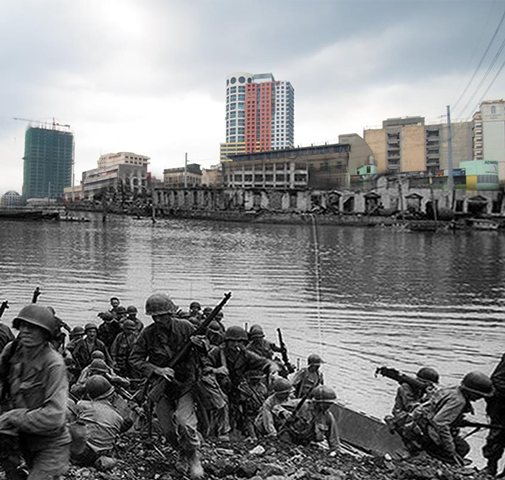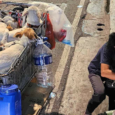The Battle of Manila is considered as one of the greatest tragedies of World War II. This battle was fought hand in hand by the Filipino soldiers and American forces against the Imperial Japanese army seven decades ago from February 3 to March 3, 1945. This war costed over a hundred thousand people of lives to obtain the freedom that we enjoy today. It also brought devastation to Manila, with the city diminished to rubble, making it the second most devastated Allied capital at that time.
According to William Manchester, author and historian:
“The destruction of Manila was one of the greatest tragedies of World War II. Of Allied capitals in those war years, only Warsaw suffered more. Seventy percent of the utilities, 75 percent of the factories, 80 percent of the southern residential district, and 100 percent of the business district was razed.”
As part of the commemoration of the 70th anniversary of the Battle of Manila, the government through its official website (gov.ph) posted photos that show the city of Manila then (during the war) and now. We reminisce what has happened in the Battle of Manila through a photo journey with a glimpse of the architectural heritage of the past.
All photos are credited to gov.ph.
Manila: Then and Now
Fort Santiago, Intramuros
The two photos above show the main entrance gate of Fort Santiago, Intramuros. The top photo shows the old gate destroyed by war while the bottom photo shows the reconstructed gate.
Fort Santiago is considered as the center of the walled city, which was built by Spanish conquistador Miguel Lopez de Legazpi. During World War II, it was captured by the Japanese. They used it as prisons and dungeons for prisoners who were later on killed during the war, known as the Manila massacre.
San Agustin Church
The San Agustin Church, located in the historic walled city of Intramuros, is the oldest stone church in the Philippines.
During World War II, hundreds of women and children were held hostage inside the church by the Imperial Japanese army where some of them were freed by Filipino and American troops, while others were unfortunately killed in the battle. The church survived the flattening of Intramuros, however, the adjacent monastery was destroyed but was rebuilt as a museum later on.
Manila Central Post Office
The Manila Central Post Office is the head office of the Philippine Postal Corporation, and serves as the Philippines’ main mail sorting and distribution hub.
During World War II, the Manila Central Post Office was the headquarters of the Bureau of Posts. It was destroyed during the Battle of Manila and was reconstructed in 1946.
Superimposed Photos
Malacañan Palace
Present-day Malacañan Palace photo superimposed with another photo of a the same location with a tank driving on it during the liberation of Manila in February 1945.
University of Santo Tomas (UST)
The Main Building of UST at present is superimposed with a photo of rescued and liberated American internees on February 3, 1945, during the month-long battle for the liberation of Manila.
Another photo of present-day UST, superimposed with a photo of American internees in the campus-turned-internment camp during the battle for the liberation of Manila in 1945.
Legarda Street
A photo of Legarda Street at present with vehicles passing on it is superimposed with a photo during the war showing Japanese troops walking on it.
Pasig River
Photo of present-day Pasig River is superimposed with an old photo of the same location with Filipino-American soldiers during World War II.
More photos of the Battle of Manila here.
Have anything to add to this story?
Share it in the comments.
Sources: gov.ph | wikipedia.com

